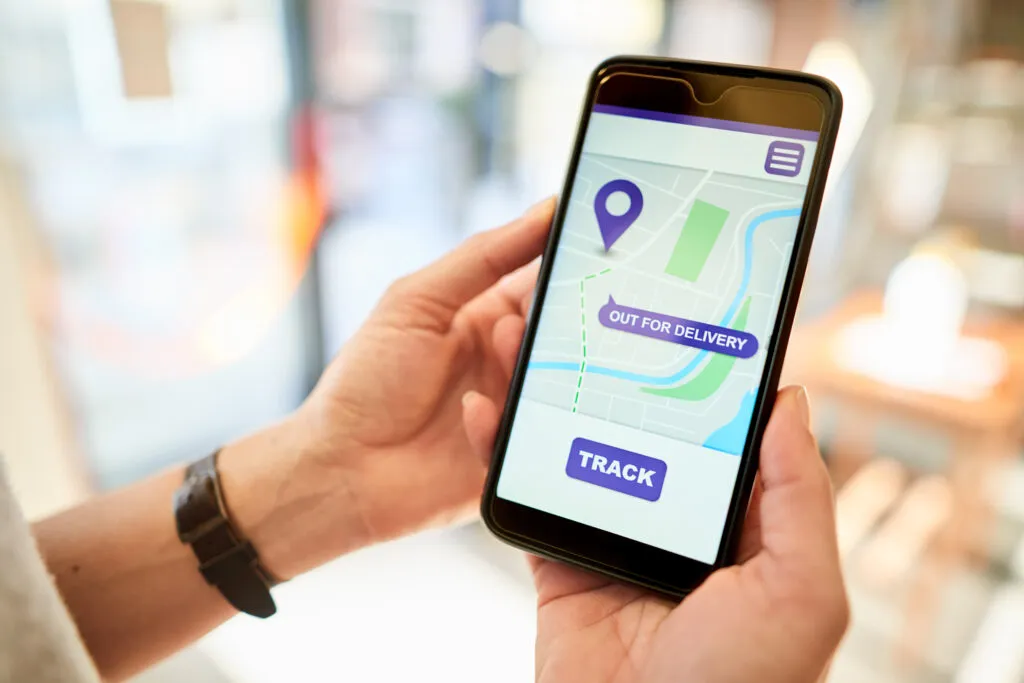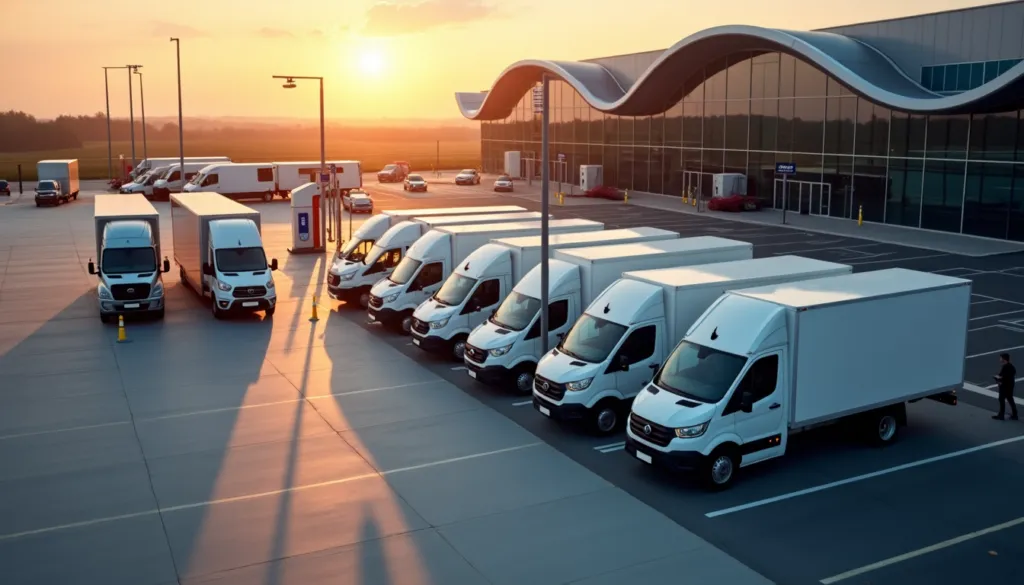
Get home early with RoadWarrior.
Enter your stops, optimize your routes, manage your team – quickly and efficiently.
Try RoadWarrior free for 7 days
Try free for 7 daysTransportation costs can be a significant burden for businesses, eating up a substantial portion of their revenue. In fact, transportation alone costs US businesses over $1.04 trillion, accounting for 10.4% of total revenue. As a result, finding ways to reduce transportation costs is crucial for improving profitability and maximizing efficiency.
In this comprehensive guide, we will delve into the intricacies of transportation costs, explore the various factors that contribute to their rise, and provide actionable tips to help you lower your transportation expenses in 2023. From optimizing your routes to leveraging technology and negotiating with carriers, we will cover it all. So let’s dive in!
What Are Transportation Costs?
Transportation costs encompass all the expenses associated with moving raw materials, finished products, and employees. Whether it’s freight transportation, last-mile delivery, employee transport, or vehicle maintenance, these costs are essential for ensuring that your customers receive their products or services on time.
The specific area that incurs the highest transportation costs varies from industry to industry. For distribution companies, transportation expenses can consume a significant portion of their revenue. On the other hand, software companies may only transport a few field sales representatives. Understanding the different examples of transportation costs can help you identify areas where you can make the most significant impact in reducing expenses.
Examples of Transportation Costs
There are various types of transportation costs that contribute to the overall cost of logistics. Let’s take a closer look at some of these examples:
- Freight Transportation: Freight transportation involves the large-scale movement of goods and products. Whether it’s cargo ships, freight trains, or FTL trucks, the basic costs associated with freight transportation include line haul, pickup and delivery, terminal handling, and billing and collecting. It’s crucial to carefully choose your carriers and build long-term relationships to secure special deals and minimize costs.
- Last-Mile Delivery: Last-mile delivery refers to the process of getting an order from a warehouse or distribution center to the customer’s doorstep. With the rise of e-commerce, last-mile delivery has become increasingly expensive. The costs associated with last-mile delivery include labor, fuel, and vehicle maintenance. Outsourcing to third-party services, such as funded shippers like USPS, can help reduce costs in this area.
- Employee Transport: If your business involves transporting employees for sales meetings or field service calls, these costs can quickly add up. On average, a business trip costs companies $1,293. As a smaller business, you may incur higher costs due to economies of scale. Minimizing these expenses can significantly impact your revenue and profitability.
- Vehicle Maintenance: If your company owns its fleet of vehicles, maintenance costs can be a significant transportation expense. Regular maintenance, repairs, and vehicle depreciation all contribute to these costs. It’s essential to keep your fleet in good condition to minimize repair and maintenance expenses.
Understanding these examples of transportation costs provides a solid foundation for identifying areas where you can focus your efforts to reduce expenses.
Factors Affecting Transportation Costs
Several factors influence transportation costs, and understanding these variables is crucial for managing and minimizing expenses effectively. Let’s explore some of the key factors that impact transportation costs:
- Distance: The distance goods need to be transported directly affects transportation costs. Long-distance shipping is typically more expensive than shorter distances. Additionally, international trade involves additional fixed costs such as tariffs and taxes.
- Package Size and Weight: Heavier and larger packages tend to cost more to ship. Shipping costs are often determined by weight, and oversized items may also incur extra fees. Optimizing packaging materials and reducing package size can help minimize these costs.
- Urgency: The speed of delivery is a significant factor in transportation costs. Expedited shipping or rush jobs require additional resources, such as paying drivers for overtime or using faster transportation methods. Balancing delivery speed with cost efficiency is essential.
- Shipping Accuracy: Failed deliveries can lead to additional costs and inefficiencies. If a delivery driver has to make multiple attempts to deliver a package due to inaccurate addresses or missed recipients, it wastes time, fuel, and manpower. Ensuring shipping accuracy is crucial for minimizing these costs.
- Special Handling Needs: Some goods require special handling or white glove service due to their fragility or hazardous nature. Ensuring proper handling and compliance with safety protocols can increase transportation costs. Using specialized packaging or vehicles may be necessary, adding to the expenses.
Considering these factors when managing your transportation operations can help identify areas where you can implement cost-saving strategies.
How to Lower Transportation Costs
Reducing transportation costs requires a comprehensive approach that addresses each aspect of the transportation process. By implementing the following strategies, you can significantly lower your transportation expenses:
1. Optimize Your Transport Routes
Efficient route planning is crucial for reducing fuel costs, minimizing driver overtime, and improving overall delivery efficiency. By optimizing your transport routes, you can ensure that drivers take the most efficient paths, reducing mileage and travel time.
Utilizing route optimization software, such as RoadWarrior, can streamline the process of planning complex routes at scale. These tools consider variables such as traffic conditions, delivery time windows, and real-time adjustments to maximize efficiency. By optimizing routes, Biomed Care Services was able to reduce its fleet size, save fuel on deliveries, and cut delivery costs by £3,000 per month.
2. Reduce Back-End Planning and Dispatching Time
Traditional manual planning and inefficient systems can lead to additional costs and delays. As your business grows, manual planning becomes increasingly challenging and time-consuming. Investing in technology that automates route planning and dispatching tasks can save valuable time and resources.
Tools like RoadWarrior can handle basic decision-making regarding route planning, allowing dispatchers and delivery managers to focus on more complex tasks. By eliminating manual labor and speeding up the planning process, you can handle higher volumes of orders efficiently.
3. Minimize Failed Deliveries with Real-Time Order Tracking
Failed deliveries not only incur additional costs but also impact customer satisfaction. Implementing real-time order tracking systems can help minimize failed deliveries by providing accurate estimated time of arrival (ETA) notifications to customers. Tools like RoadWarrior offer real-time tracking and notification features, ensuring customers are available to receive their packages.
4. Give Your Drivers a Route Optimization App
Empowering your drivers with a route optimization app, such as the RoadWarrior mobile app, allows them to access and adjust their routes while on the road. This enables them to make necessary changes in real-time, improving efficiency and reducing unnecessary mileage. The app’s voice control feature simplifies route adjustments, making it easier for drivers to manage their routes effectively.
5. Negotiate with Carriers
If your business relies on third-party shipping services or trucking companies, consider negotiating shipping rates with them. Building long-term relationships and consistent bulk orders can provide leverage for securing better deals. Open communication and exploring partnership opportunities with carriers can lead to cost savings in the long run.
Implementing these strategies can help you effectively lower your transportation costs, improve operational efficiency, and increase overall profitability.
Conclusion
Transportation costs are a significant expense for businesses, but with the right strategies, they can be effectively managed and reduced. By optimizing transport routes, leveraging technology, and negotiating with carriers, you can make significant strides in lowering your transportation expenses. Embracing tools like RoadWarrior can streamline route planning, minimize failed deliveries with Proof of Delivery, and improve overall efficiency.
As you embark on your journey to reduce transportation costs, remember that each business is unique, and the strategies that work best for you may vary. Continuously monitor your transportation operations, adapt to changes, and explore new opportunities to optimize your processes further. By prioritizing cost-saving measures and operational efficiency, you can enhance your bottom line and achieve long-term success.


